Frederica Freyberg:
Parents who applied to get a $6,400 state voucher to send their children to private schools learned this week whether their name has been drawn as part of a random lottery. More than 2,000 students have applications in at 25 schools across the state. Of those just 500 will get state-paid seats. That’s the cap on Choice enrollment for districts outside Milwaukee and Racine. It’s all happening as the new school year draws closer. We checked in this week with Jim Bender, president of School Choice Wisconsin. Thanks for being here.
Jim Bender:
Thank you.
Frederica Freyberg:
So we are right up against the wire here with families learning whether they’ll either be going to a new school or get tuition help where they’re already enrolled. What have we been hearing from parents about this hurry up process?
Jim Bender:
Well, it is hurry up, as in they've recently just found out whether they're in or they're not. We know from the schools, they're getting a combination. They're getting some very excited phone calls, calling up an saying, absolutely, we are in. We'd like the spot. And then we’ve got another parents calling, we just want to double-check, we haven’t heard anything. Unfortunately, that’s going to be the majority of parents, really four out of five of them won't be getting in. So we have this balancing act of joy and then, you know, frustration.
Frederica Freyberg:
Yeah, because I was going to ask, you get this golden ticket, which you’ve applied for, you want this seat in one of these private schools. And you could have a situation in, say, a private school where the kids were already going, where one child sitting next to another, one is getting the state-paid voucher, the other one isn’t.
Jim Bender:
And that will absolutely happen with the caps being so small and the demand being quite high. I would argue, the second year of the program, once you get out of that tight time line and get into the regular course of applications, the demand will be even higher. You’re going to have winners and losers, and unfortunately you're going to have a lot more losers.
Frederica Freyberg:
Now, the Department of Public Instruction says that they can’t report the, kind of, final enrollment numbers probably until sometime in October. But that doesn’t mean that parents and families are waiting until that October.
Jim Bender:
No, and as we saw in Racine two years ago when the program got started, you have to make an initial contact with the parents to say that, you’re in. Some parents have applied to more than one school. And so there are decisions that have to get made on the parents’ behalf and they are given a five-day window in order to do that. So once one piece moves then other pieces fall back into place. But those take a few weeks for all of the students to get placed.
Frederica Freyberg:
It turns out that 67% of the students who applied and want to go to private schools are already going to these private schools. Some would ask, doesn’t this kind of run counter to the point of school choice, which is to kind of allow families to move out of what might be regarded as failing public schools?
Jim Bender:
Well, I think there’s really two key topics of this. The first one is just the logistics. So you had Schools were notified on July 26 that they would be able to take applications. Then you had one open enrollment period from August 1 to August 9. So the schools had to contact everybody that they knew were eligible for the program, no matter where they went to school. Well, clearly, it’s very easy for them to contact the parents that are already affiliated with their school, whether that be through a parish in public school or even in a private school. Just that really compressed time line made the application process and everything– The path of least resistance was those students that’s already there. I think that will change dramatically in the second year where there’s more time for information, more time for communication. The other part is it gets back to your point of providing an alternate option for students that were in public schools. Who’s to say that the student that's in the private school, just because they were successful in either getting a scholarship or cobbling their nickels together in order to make that happen, doesn’t mean that was a reaction to the status of their public school. So just because you’re in a private school doesn’t mean that one, you’re not eligible for the program. Clearly, there are a lot of students in private schools that are eligible for the program, and they are just exercising their right that the legislature has now given them. What their motives are or means are is still up to the parents. And that's where we reside. We think the parental right should come into play here, and that they should choose the best option for their parents. Whether they have had to do that on their own dime in the past or not is a bit irrelevant. Because the program is now set up for low income parents, to provide them options. They're taking advantage of that.
Frederica Freyberg:
So do you think that the numbers of students who applied for Choice in the statewide expansion justify kind of the unlimited expansion of it after next year?
Jim Bender:
Well, I think you look– even if you look at the subgroups, in this very short, compressed time line, you had more public school parents apply than the cap. You already exceeded the cap just with public school transfers. When you get into that next year, you’re going to more than double the amount of schools applying to get into the program. That percentage of public school students is going to, I think, far exceed the 1,000 cap. So when you look at what is happening on the ground, amongst all different sectors. You have private school parent, home school parents, public school parents, students that were just entering. You had across-the-board demand for the program. I think legislators will react to that demand that’s across the board.
Frederica Freyberg:
What do you say to critics, though, who say that this defunds public schools, creates two systems, both of them paid for by taxpayer dollars.
Jim Bender:
They are both paid for with taxpayer dollars, but there’s no relation between the two the way the Wisconsin program is structured now. It’s all state dollars taken out of completely a separate pot of money. Doesn’t have any impacts on local property taxes or on the equalized aid formula that goes to public schools. The Supreme Court had it right. The common schools that are there, the public schools that are there, exist on their own. The School Choice program is in addition to that. It’s not a separate system. It’s not anything else. The Supreme Court clearly ruled that alternatives that the legislature wants to provide parents is perfectly constitutional, and clearly from a public policy standpoint, we see that there’s a great deal of parental demand for options above what the public school system is offering.
Frederica Freyberg:
We leave it there. Jim Bender, thanks very much.
Jim Bender:
Thank you.
Frederica Freyberg:
Once a student earns a spot by lottery parents have five days, as Jim Bender told us, to accept or decline the voucher. The state Department of Public Instruction says, quote, The process is now focused on individual students with decisions made by parents and students determining, in the end, the enrollment numbers for students using publicly-funded vouchers in these 25 private schools.
Search Episodes
News Stories from PBS Wisconsin

Donate to sign up. Activate and sign in to Passport. It's that easy to help PBS Wisconsin serve your community through media that educates, inspires, and entertains.
Make your membership gift today
Only for new users: Activate Passport using your code or email address
Already a member?
Look up my account
Need some help? Go to FAQ or visit PBS Passport Help
Need help accessing PBS Wisconsin anywhere?

Online Access | Platform & Device Access | Cable or Satellite Access | Over-The-Air Access
Visit Access Guide
Need help accessing PBS Wisconsin anywhere?

Visit Our
Live TV Access Guide
Online AccessPlatform & Device Access
Cable or Satellite Access
Over-The-Air Access
Visit Access Guide
 Passport
Passport


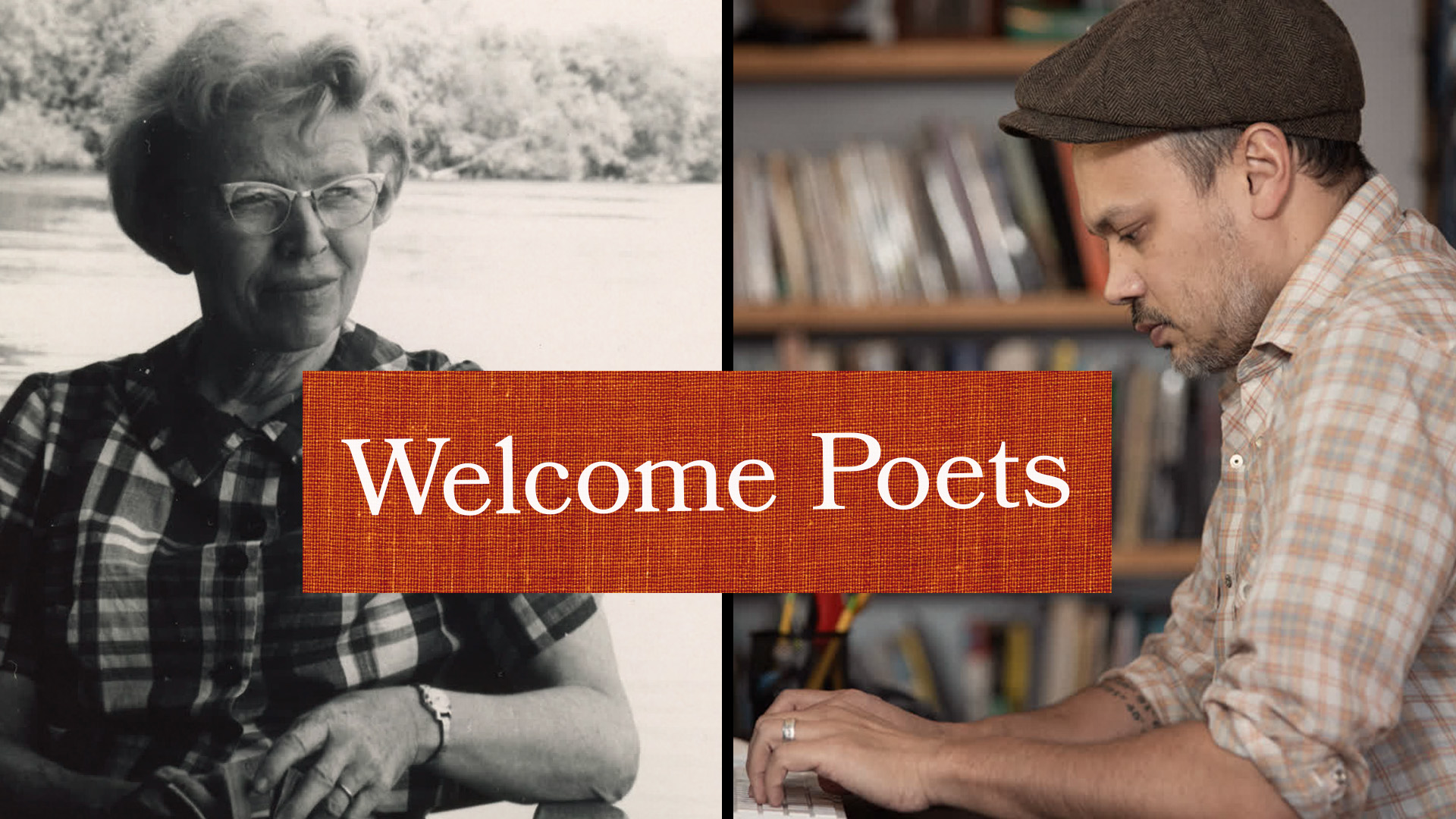


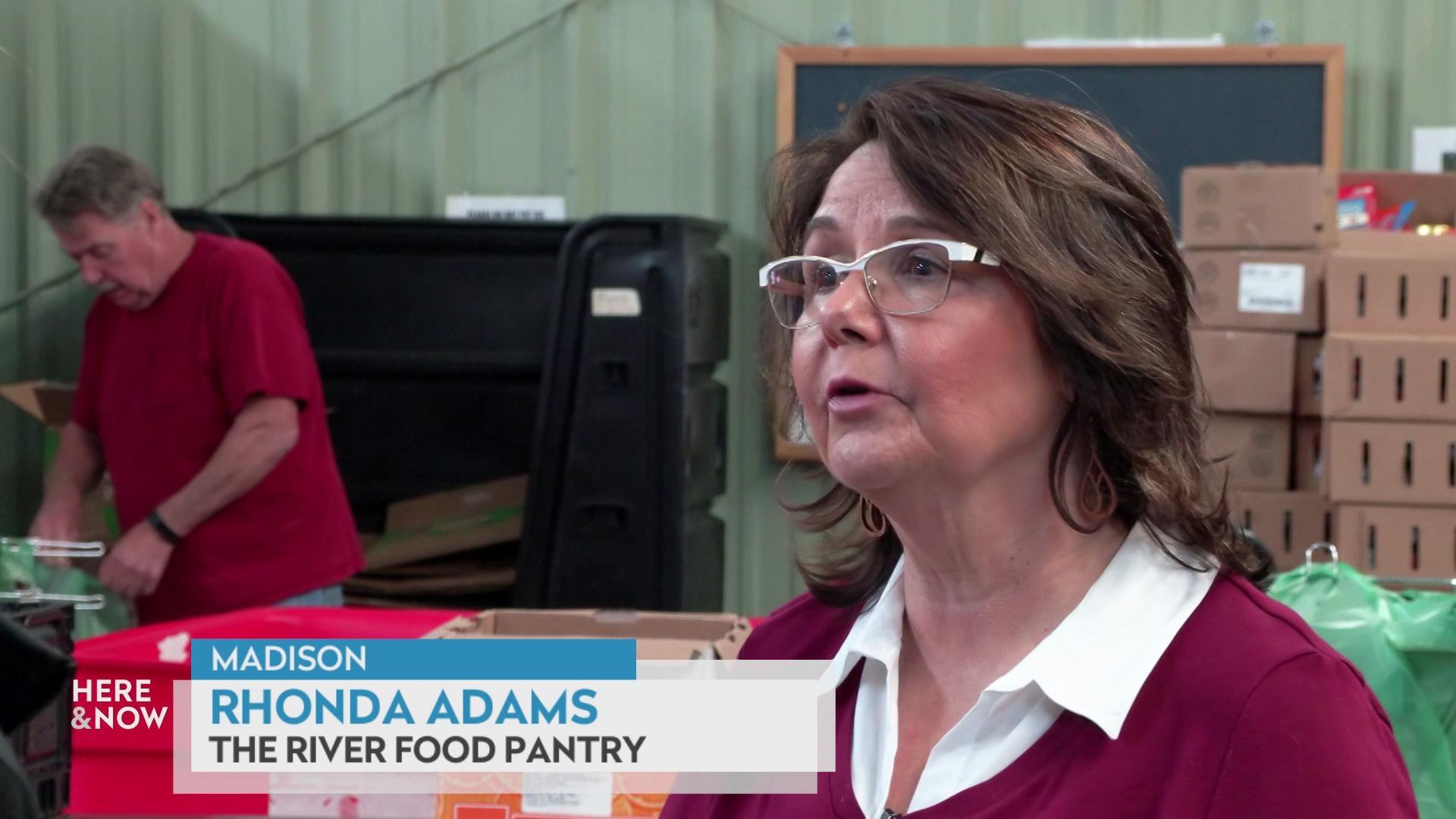


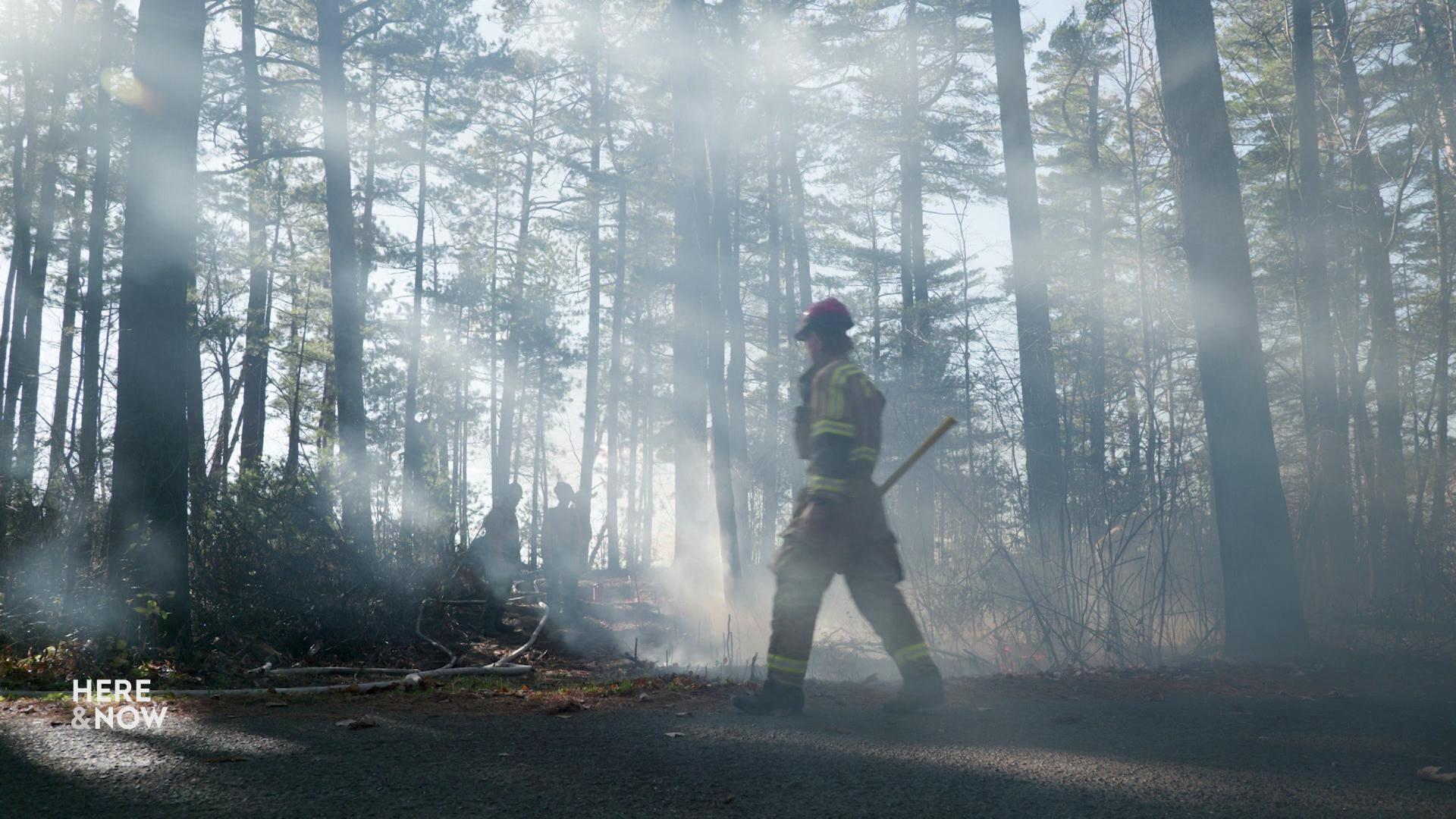
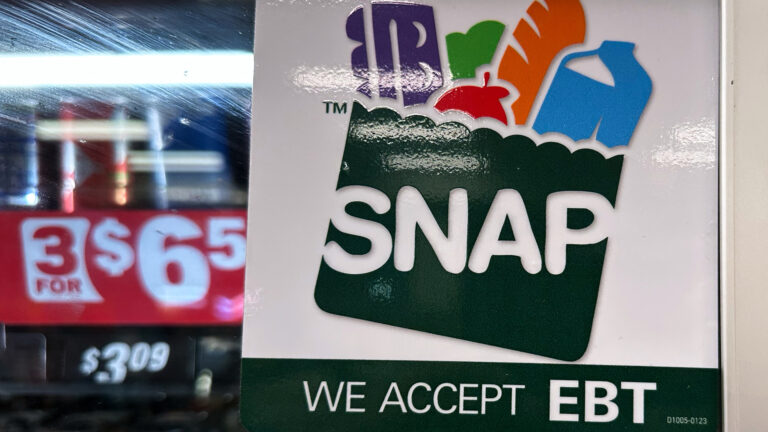
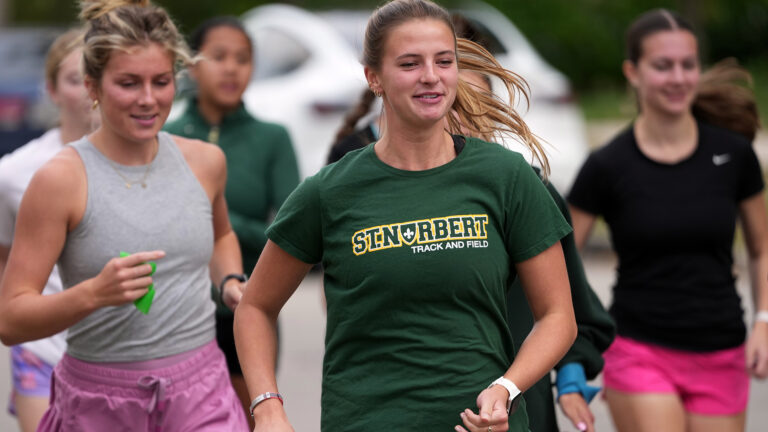
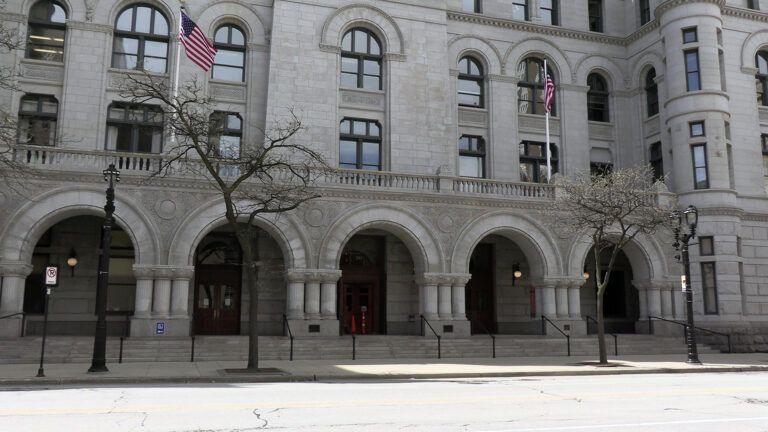

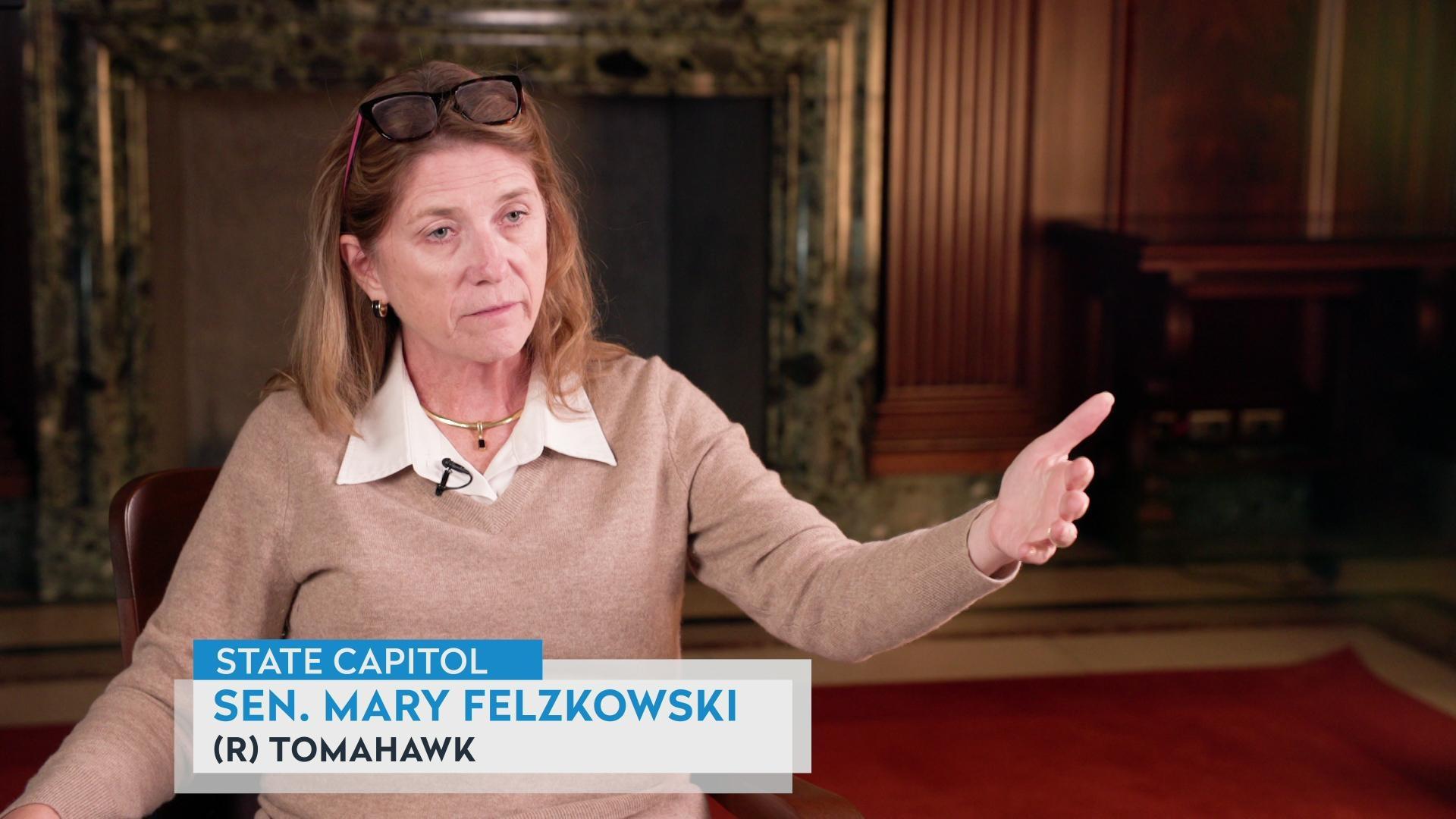
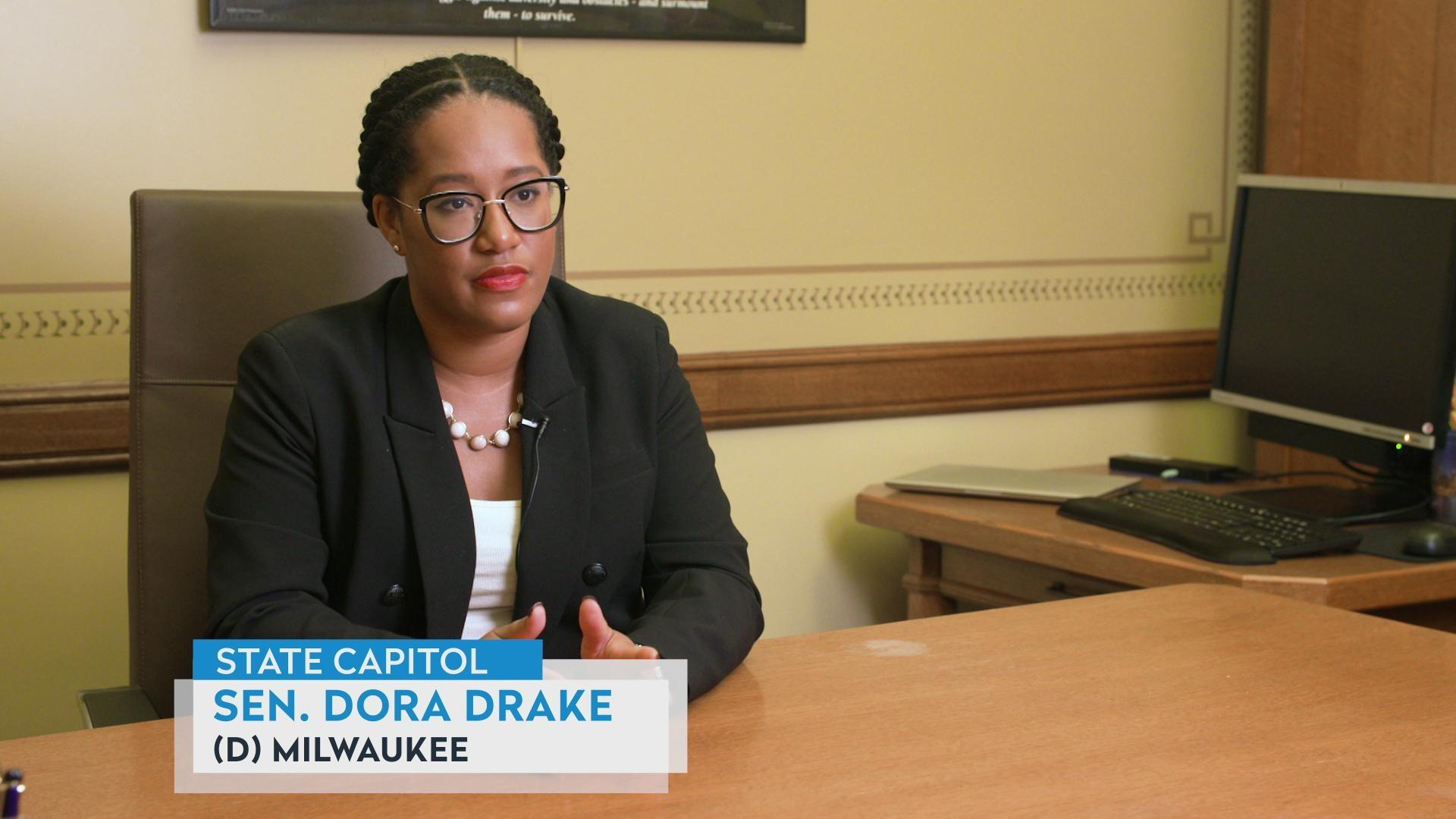
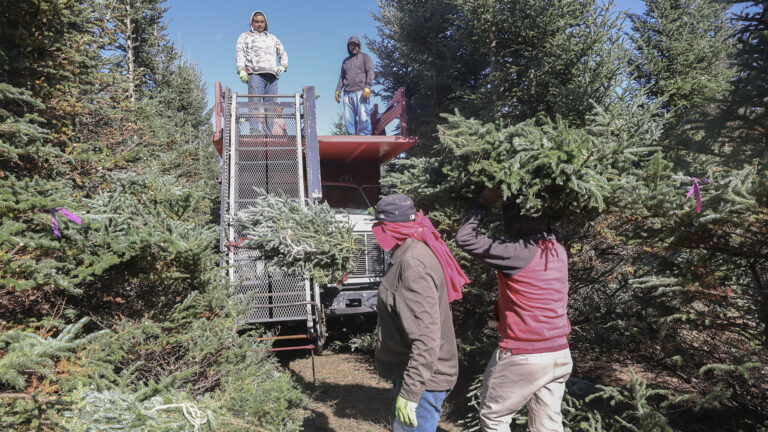
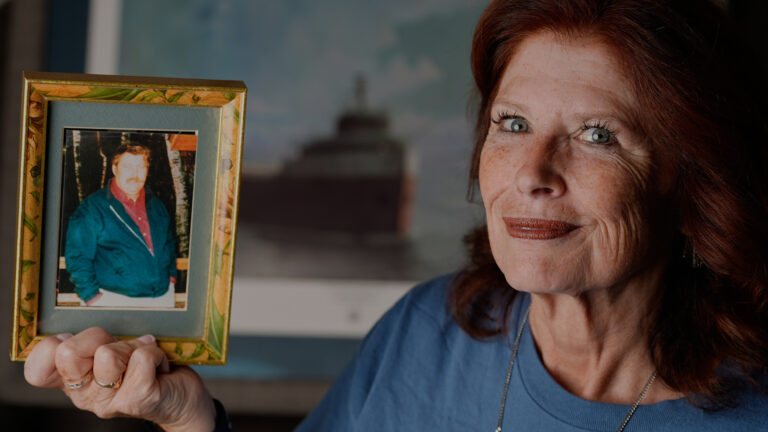

Follow Us